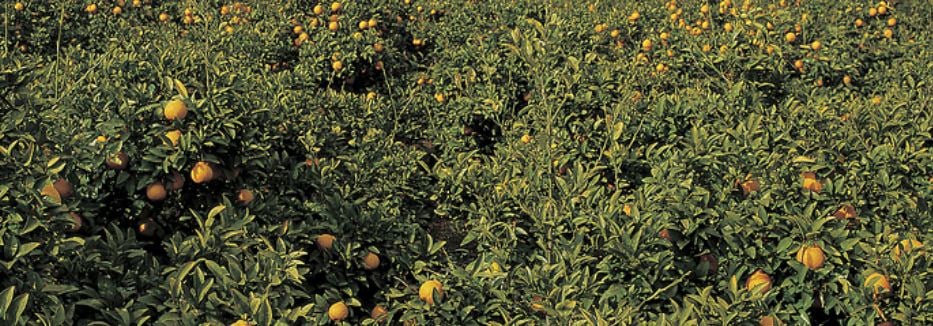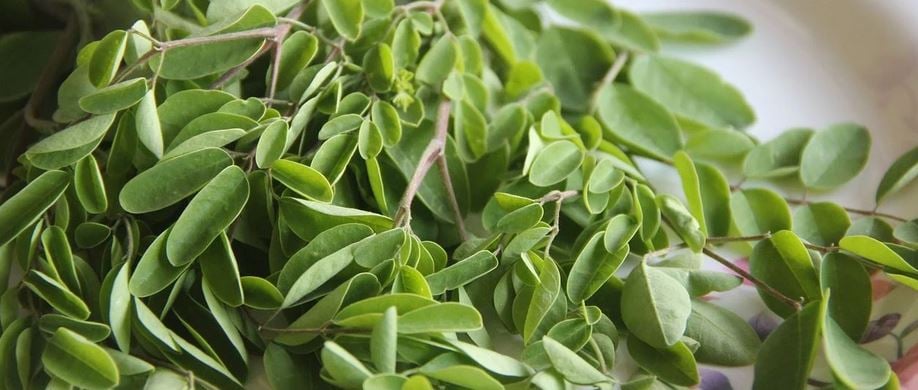Starting a Bamboo Farming Business

Most people might be wondering what bamboo farming is all about and how one can make a profit in venturing into such an agricultural business.
Bamboo is a perennial plant that is considered as tree-like grasses that have a very tall nature; amazingly it grows in tropical regions. We may be seeing it every day but might not how lucrative bamboo farming is.
Remember that bamboos are used in commercial and industrial bridge and building construction. They have also used the making of furniture, textiles, fabrics and other woodwork.
Bamboo farming can be for Commercial or agricultural purposes. Commercial bamboo farming is a type of farming where bamboos are grown for financial purposes. Agricultural bamboo farming is the growing of bamboo for yam vine staking, soil erosion control, and related others.
Decision and determination will make you face squarely the challenges that might occur and serve as the key to making a profit.
The 12 tips discussed below serve as a guide for aspiring bamboo farmers that wants to get into the business to make a good return on investment.
1. Draw The Business Plan
You have to plan very well before going into any kind of business. The business plan will help to know what you need, how much capital will be okay and other things essential things which you need in the course of venturing into bamboo farming.
If you have a plan ahead of what you want to do, you can break it into smaller achievable goals. In this way, you can always stick to your initial plan no matter the shortcomings.
2. Get the Knowledge of Bamboo Farming
After you have decided to venture into bamboo farming, it is essential you have a basic knowledge of what you are going it.
Knowledge of bamboo farming involves the basic information, facts, and required skills acquired from an experienced farmer or expert in the field including the practical understanding of bamboo farming.
You can seek for a professional who will give you such training or look for a bamboo farm around to work for a while why you learn the basics.
But in the case where you can’t find such, the internet is now the only option, there are many sites and books on how to start a bamboo farm, the information you will get there will help you a lot.
3. Site Selection
Select a suitable land for your bamboo farming business. Bamboo cultivation needs a large area of land unlike some agricultural businesses because it is done mostly for commercial purposes.
While selecting the site for this kind of farming, it is necessarily important to know that in warm temperature and tropical climate. Therefore the climatic condition of the area should be considered.
Further, a site that is fully saturated with moisture is not recommended for bamboo farming as most of the species can tolerate drought.
However, if the site you have selected for it is swampy with a mixture of heavy soil you have to incorporate the soil with gravel to avert waterlogging.
4. Soil condition Should Be Considered
Ascertain if the land has the right soil for the growth of bamboo. Make sure it has the pH value (5.5 - 7.5) which is considered normal for this kind of farming.
Soil composition as bamboo requires loamy soil because it is mostly moist and drains water not so easily like sandy soil.
Although bamboo can grow in any type of soil, it requires well-drained loamy, a combination of sandy and loamy as well as clay soils that allow good water drainage and retention
Note, that some species of bamboo may tolerant other soil types, poor soils but excluding dry conditions which is extreme.
The soil should be rich in certain organic nutrients, light in structure and allow circulation of air.
The nature of bamboo used for building construction is entirely different from the ones used for yam staking. The better your bamboo wood the more income you generate from it
Therefore, note that good soil has a great role to play in the yield of your bamboo farming to give better yield.
5. Know The Species Of Bamboo
There are different species of bamboo; therefore, it is best advised to research on which one is more demanded in the market.
You can know this by making an inquiry from bamboo dealers and suppliers so that you would not venture into any business that will require you stressing yourself out looking for customers.
6. Propagation in Bamboo
Bamboos are long-lasting plants that are grown from the rhizomes. This implies that they undergo underground growth from the culms and buds.
The propagation process in bamboo involves the separation of rhizomes from the original parent plants before they start sprouting out new plants in the spring.
Two methods are involved in this process which is the seed and vegetative method of bamboo propagation.
To grow bamboos by seed propagation, you have to start the seed planting in a local soil environment in other words called nursery bed or seedbed.
The seeds may take up to one year to grow into a seedling. At the seedling stage, you can transplant them on the main site where you have prepared for farming.
Vegetative propagation method is a process whereby new bamboo plants develop from the parent culms, branches, rhizomes, or stem naturally through non-sexual means.
Either way, you chose, you can easily plant it yourself but make sure that you adhere to the recommended specifications that will make it grow well.
It is also good to find the best bamboo seedlings, how? You can get it from qualified bamboo seedlings distributors around you.
7. Planting & Spacing
Bamboo plants are normally planted during the raining season and the planting process is closely related to that of garden trees and most trees seen around.
After clearing the site, plow or till to least 50cm beneath the soil surface. Then dig suitable holes not too shallow or too deep so that the rhizomes of the bamboo trees will be able to gather nutrients very well from the soil.
To plant each tree, place directly at the center of the hole and use soil top to fill the holes very well. You can mix the soil with compost manure to improve soil fertility depending on the area.
Spacing: bamboo trees should be spaced between 3 to 5 feet apart from another. In a case whereby species spread faster, they can be planted farther apart.
8. Marketing
Bamboos are plants that require patience as it takes years to grow, but while waiting for it you can use the medium to market your products and make it known to people so that during the time of harvest you must have gotten many customers to supply your products to.
This is supposed to be the first exercise to embark on while venturing into bamboo farming. Find out the markets that need bamboo products all through the year and competitiveness of the market.
Finding the most effective channel for marketing your products on time will help you enjoy a huge return without getting discouraged.
Reach out to construction companies and other markets that need bamboo trees by means of advertisement once you are done the planting.
9. Mulching
This is the covering of the soil with layer materials in order to improve soil fertility and conserve its moisture content.
Mulching in bamboo farming is a topsoil dressing that offers a lot of benefits t the roots of the plant and its rhizome. Apart from preventing nutrient evaporation from the soil where the bamboos are been planted, mulching helps to control the weed.
Although bamboo leaves form natural mulching on the area where they are planted, you should consider other mulching materials since the leaves don’t fall off when the plants are still tender.
Composts materials, other plant leaves and sawdust can be used as mulches to recycle and retain soil nutrients.
10. Manure and Fertilizer
The addition of manure and fertilizers promote the vigorous growth of the plants making them be more vibrant.
Bamboo plants belong to a member of the grass family that consumes a lot of nitrogen. And so, it requires fertilizers that are rich in nitrogen contents to reimburse such nutrient deficiencies.
Organic manure still remains the best since some fertilizers may require rainfall to dispense the added nutrients into the soil. However, liquid fertilizers get absorbed immediately they are applied.
11. Weed and Pest control
Effective management in the farm is the major way of controlling plant enemies such as pests and weeds.
Mulching which is explained above is an effective way of controlling weed in agricultural farms. Another is the close spacing of bamboo plants while planting, dispersed planting will allow fast-growing of weed on the farm.
To remove already grown weeds in the farm, you can use simple tools such as hoe to complete the weeding process manually. On the other hand, suitable herbicides are used to get rid of weeds.
Bamboo pests: There are pests that can cause limitations to the growth of bamboo trees or damage the plants completely. These pests can be controlled traditionally by a timely harvest or by introducing other crops on the farm to take control of them.
They are as well chemically b the use of different pesticides to get rid of them.
12. Harvesting
Most commercial bamboo farmers usually harvest the plants from the 6th year and above after planting. Though harvesting may depend on the species of bamboo.
Generally, it takes a maximum of 5 years and a minimum of 3 years to harvest bamboo plants at different stages according to 3 cycles.
Again, good harvesting practice should be applied to make sure that the poles hold their strength. The best season for harvesting mature bamboo trees is during the dry season so as to conserve nutrients for the next raining season.
Marketing Plans
Bamboos are plants that require patience as it takes years to grow, but while waiting for it you can use the medium to market your products and make it known to people so that during the time of harvest you must have gotten many customers to supply your products to.
This is supposed to be the first exercise to embark on while venturing into bamboo farming. Find out the markets that need bamboo products all through the year and competitiveness of the market.
Finding the most effective channel for marketing your products on time will help you enjoy a huge return without getting discouraged.
Reach out to construction companies and other markets that need bamboo trees by means of advertisement.
What is the fastest-growing bamboo?
According to research, the fastest growing bamboo was found among the species of the 45 genera of bamboo. The height of the bamboo was estimated at growing up to 91cm on a daily basis.
Conclusion
Bamboo tree is one of such plants that provide lucrative business opportunities and gradually, it is becoming one of the major raw materials for the construction industry and global markets.
Most farmers who are into commercial bamboo farming have found it to be quite inexpensive and profitable. So while looking for the best agricultural business that has a high-profit return, bamboo farming is considered the best option.




